An invention from Persian antiquity
The still is not an Arab invention but a Mesopotamian one, and was used in Antiquity for the distillation of perfumes, herbs, fruits, and to make medicines. The oldest type that has come down to us dates from 3500 BC. BC and comes from a Mesopotamian site today in Iraq.
The still is spreading around the Mediterranean
The name "alambic" is derived from the Arabic al' inbic , itself derived from the Low Greek “ ambix ”, the vase. Because after the Mesopotamians, it was the Ancient Egyptians who developed the technique of distillation, then adopted by the Greeks: it is described in the treatises of two Egyptian women chemists, called Cleopatra and Mary, and which the 3rd century treatise by Zozimus preserved in the Library of Saint Mark in Venice. In the Middle Ages, the still was widely used in the Mediterranean region.
It was probably a very rustic machine which was improved from the 13th century, first in Italy, then in the south of France in the 17th century. But it was at the end of the 18th century and especially the beginning of the 19th century that the main improvements were made by Edouard Adam in Montpellier thanks to the work of the chemist from Nîmes, Laurent Solimani, then by Isaac Bérard, manufacturer of brandy in Gallargues near Nîmes. These developments led to the filing of several patents including that of 1811 in the name of all the “inventors”, Adam, Solimani and Bérard.
The result of these developments is the continuous column still as it is used in Armagnac and as it was purchased by the Château de Lacquy in the 18th century and then in 1836. It is, for its trays, the object of a patent filing by the manufacturer Tuillère, in Auch in 1818.
Today Château de Lacquy uses a still built in 1939.







